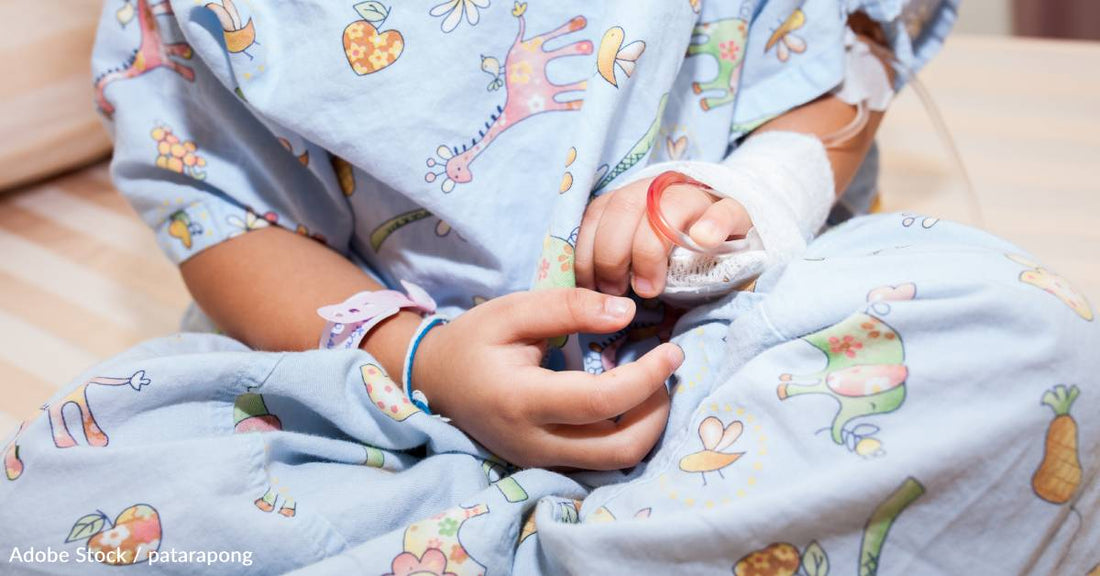Certain Childhood Cancer Treatments Found to Raise the Risk of Breast Cancer
Michelle Milliken
Just under 10,000 American children are projected to be diagnosed with cancer in 2023. An estimated 85% of these children will survive for five or more years after diagnosis. However, there can still be lingering impacts of treatment. Late effects can include heart conditions, spinal cord and brain issues, depression or anxiety, and a higher risk of a secondary cancer. A new study looked at childhood cancer survivors’ chances of developing breast cancer later on, and they found a certain type of treatment was linked with a higher risk.
Researchers at the Princess Máxima Center for pediatric oncology recently investigated the impact of anthracycline-based chemotherapy on the risk of female childhood cancer patients later developing a secondary breast cancer. The team says studies have already established a link between the two, but the evidence wasn’t sufficient to demonstrate a need for early screening among this group. In this new study, published in Nature Medicine, the findings showed that girls treated with a high dose of the anthracycline doxorubicin had nearly six times the risk of developing breast cancer at a young age.
Yuehan Wang, study co-author and member of the Kremer group at the Princess Máxima Center for pediatric oncology, says, “Anthracyclines are still an important part of the treatment for more than half of children with cancer. The dose that is now prescribed is on average much lower than in the past, but there are still children who need a high dose of these drugs in their treatment.
“We have known for some time that anthracyclines can be harmful to the heart, so the importance of keeping the dose of this type of chemotherapy low was already clear. Developing a second cancer is a rare but serious late effect of childhood cancer treatment. Our results underline the need to reduce the dose of doxorubicin in children whenever possible.”
The research involved data from nearly 18,000 childhood cancer survivors, 782 of whom developed a secondary breast cancer. Among these survivors, the team looked at their dosage of anthracycline agents and chest radiation.
The findings showed that women who had been treated with high-dose doxorubicin, without chest radiation, had a 3.4% chance of developing breast cancer before the age of 40, compared with 0.6% of the general population. For women who had this high dose along with chest radiation, the risk jumped to 8.1%.
The team hopes their findings lead to screening changes for certain childhood cancer survivors.
Dr. Leontien Kremer, lead researcher for this study and research group leader at the Princess Máxima Center for pediatric oncology, explains, “We work hard to make treatment for children with cancer more effective, and to improve the quality of life during and after treatment. In our research we saw that the majority of survivors fortunately do not get breast cancer at a young age. But a number of patient groups have a higher risk of developing breast cancer.
“Women who received chest radiotherapy as a child are screened for breast cancer from the age of 25, because it was already known that they are at an increased risk. Based on these new results, we aim to expand international guidelines for breast cancer screening, so that women who received a high dose of doxorubicin are also screened early.”
According to the National Cancer Institute, high-dose chest radiation for Hodgkin lymphoma at age 30 or younger is linked with an increased risk of breast cancer, as is radiation treatment near the breast for cancer that has spread to the chest or lung.
Michelle has a journalism degree and has spent more than seven years working in broadcast news. She's also been known to write some silly stuff for humor websites. When she's not writing, she's probably getting lost in nature, with a fully-stocked backpack, of course.























